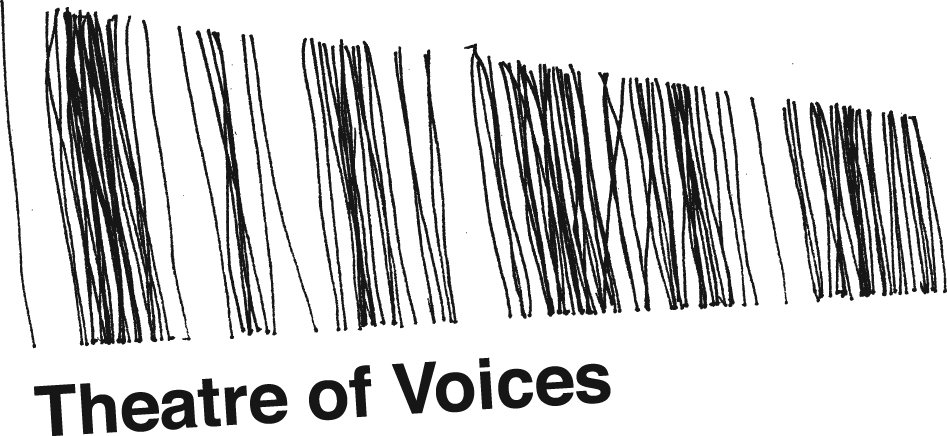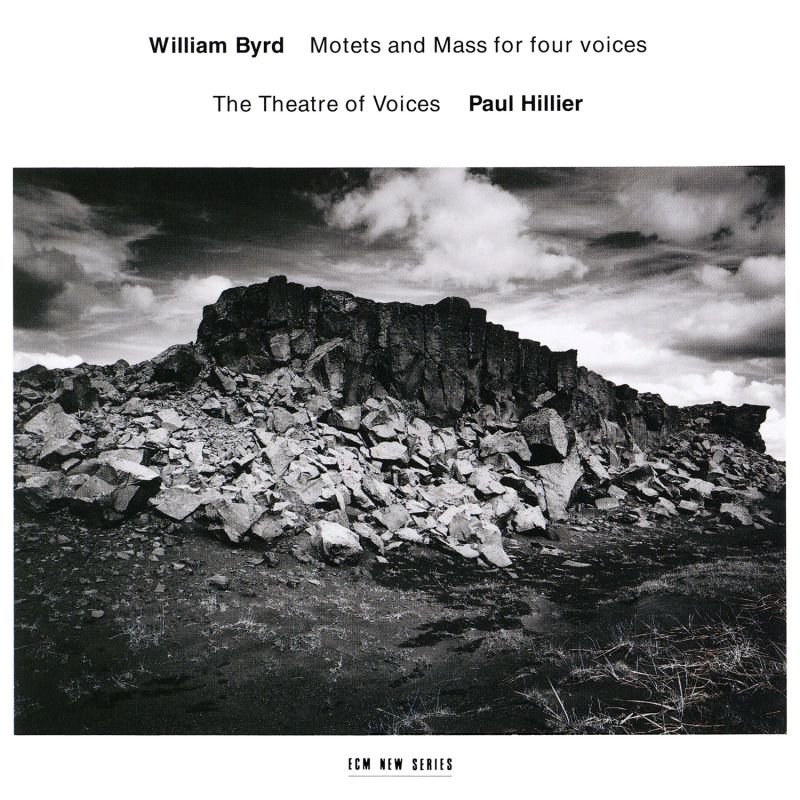1994
Motets and Mass for four voices
Track List
THOMAS TALLIS | O ye tender babes
WILLIAM BYRD | Introit: Cibavit eos from Mass Propers for the Feast of Corpus Christi
WILLIAM BYRD | Gradual & Alleluia: Oculi omnium from Mass Propers for the Feast of Corpus Christi
WILLIAM BYRD | Offertory: Sacerdotes Domini from Mass Propers for the Feast of Corpus Christi
WILLIAM BYRD | Quotienscunque manducabitis from Mass Propers for the Feast of Corpus Christi
WILLIAM BYRD | Kyrie from Mass for 4 voices
WILLIAM BYRD | Gloria from Mass for 4 voices
WILLIAM BYRD | Gloria tibi trinitatis
WILLIAM BYRD | Credo from Mass for 4 voices
WILLIAM BYRD | Clarifica me pater I
WILLIAM BYRD | O sacrum convivium
WILLIAM BYRD | Clarifica me pater II
WILLIAM BYRD | Sanctus from Mass for 4 voices
WILLIAM BYRD | Benedictus from Mass for 4 voices
WILLIAM BYRD | Clarifica me pater III
WILLIAM BYRD | Agnus Dei from Mass for 4 voices
JOHN TAVERNER | In nomine
RICHARD EDWARDS | In going to my naked bed
JOHN SHEPPARD | Vaine, vaine, vaine
This recording by The Theatre of Voices is an imaginative reconstruction of the way in which Byrd’s music may have been presented in the Catholic community in England in the late 16th century. The “Mass for Four Voices” and the “Motets” are heard in the context of pieces, both religious and secular, by Byrd's contemporaries. In addition to the aforementioned Tallis song, these are John Taverner’s “In nomine”, Richard Edwards’s “In going to my naked bed” and John Sheppard’s “Vaine, vaine, vaine”. Such is the programme, Paul Hillier suggests, that would have been heard in the intimate setting of a country home at Easter or Christmas. There, writer David Price has argued, "the liturgical cycle merged indistinguishably with the cycle of hospitality (...) The musicians who served for the Mass would also serve for the entertainment." Hillier adds: "These thoughts open up an entirely new approach to Byrd’s later compositions and suggest that we might better understand them as vocal chamber music. Grandiose effects are clearly out of place; a greater flexibility of rhythm and subtlety of phrasing are made possible and indeed essential; and above all we are turned continually back towards the meaning and significance of the text."

